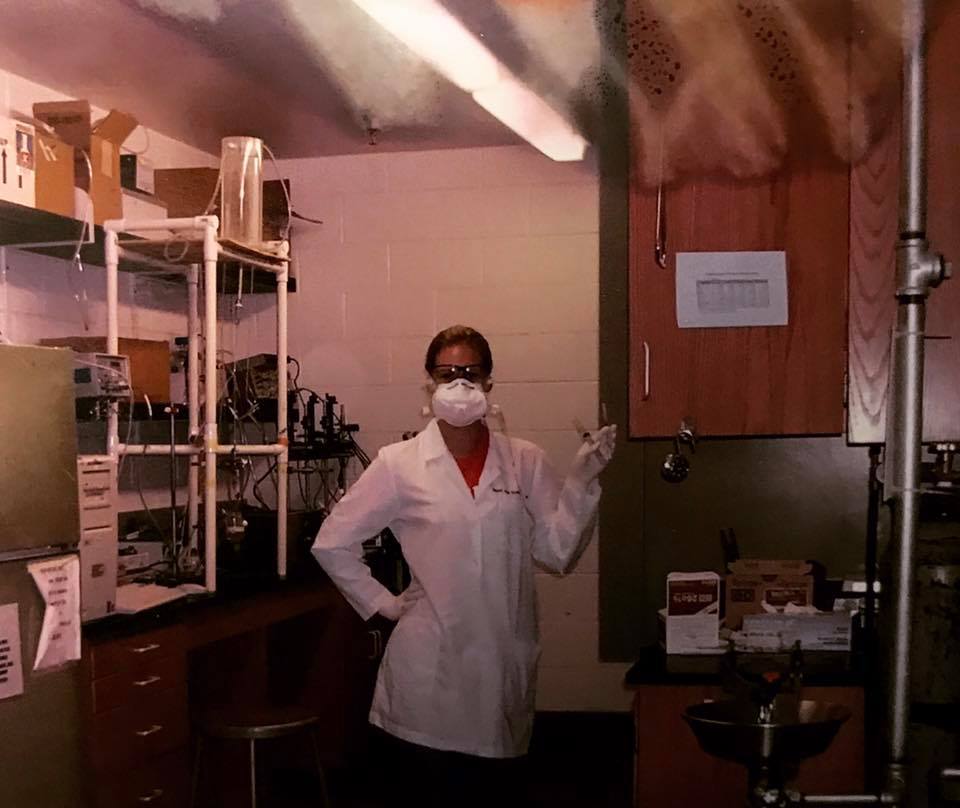The following is a brief summary of an investigation conducted by our research lab on the effectiveness of exercise on symptom severity during cancer treatment. This study was published in 2018 in the peer reviewed Journal of Adenocarcinoma & Osteosarcoma.
INTRODUCTION
Early detection and advances in treatment optionshave contributed to a 13% decline in cancer mortality rates since the year 2004, leading to the classification of cancer as a chronic disease.
Its associated treatments often result in long-term physical and psychological co-morbidities that negatively impact the cancer survivor’s quality of life.This creates a challenge for health care providers to address the short and long-term effects of current cancer therapy and minimize toxicities.
Symptom distress is an important predictor of quality of life. For example, between 68- 97% of patients report distressing levels of fatigue that interferes with their ability to perform activities of daily living [1].
Estimates of pain prevalence among cancer patients range from 14-100% [2]. Despite receiving curative cancer therapies, pain control remains inadequate approximately 42% of the time [3].
Other distress symptoms reported include depression, lack of energy, shortness of breath, difficultly sleeping, swelling, constipation, and dry mouth [4]. Most cancer patients report being affected by several of these symptoms concomitantly rather than in isolation, lending to exacerbated impairments to quality of life [5]. Therefore, the purpose of this investigation was to determine if exercise training during cancer treatment helped to minimize symptom severity during chemotherapy treatment.
METHODS
This controlled trial evaluated the effects of individualized exercise therapy in 191 patients undergoing chemotherapy treatment. The age range of the patients was 31-76 years. Study participants underwent standard prescribed chemotherapy schedules (cyclophosphamide, methotrexate, fluroracil, adriamycin, and cyclophosphamide), and were excluded from the study if they had pre-existing cardiac, liver, and bone marrow conditions prior to treatment.
Each participant completed the Edmonton Symptom Assessment System (ESAS-R) questionnaire, and a subjective symptom checklist to gauge the severity of treatment-related side effects related to chemotherapy at the start and conclusion of their treatment regimen. The checklists consisted of 35 items of severity graded from “no” to “very severe” (0-10). These scales were previously evaluated in a similar cancer population [5] and measured the total number of symptoms experienced and mean severity score.
During their treatment, patients participated in a 12-week individualized, supervised exercise program through Maple Tree Cancer Alliance that included cardiovascular, strength training, and flexibility components during chemotherapy treatment.
The intensity level for the cardiovascular exercise ranged from 30-45% of the individual’s predicted VO2max. The strength training involved a full body workout, with emphasis on all major muscle groups. Machines, free weights, and tubing were all employed. Flexibility training involved static stretching of all major muscle groups for 15-20 seconds at the completion of each workout. Patients met with a trainer once a week and were given instructions on how to remain active at home.
At the conclusion of this 12-week exercise program, patients underwent a follow-up reassessment and completed the ESAS-R questionnaire and subjective symptom checklist again.
RESULTS
Twelve weeks of supervised, individualized exercise had a positive impact on fitness parameters as well as symptom severity.
Muscular strength, muscular endurance, and cardiovascular endurance significantly improved from baseline (p<0.05).
In addition, overall quality of life, depression, sense of purpose, fear for the future, control over life, fatigue, pain, nausea, and shortness of breath all significantly improved following the exercise intervention (p<0.05).
CONCLUSION
Twelve weeks of supervised, individualized exercise resulted in a favorable improvement in symptom severity during cancer treatment.
As such, the authors of this investigation recommend the creation of a multidisciplinary team consisting of exercise physiologists, registered dietitians, social workers, physical therapists, occupational therapists, nurse practitioners, and physicians as a standard part of clinical practice, in order to adequately address symptoms and promote the best possible patient outcome.
REFERENCES
- Lawrence DP, Kupelnick B, Miller K, Devine D, Lau J. Evidence report on the occurrence, assessment, and treatment of fatigue in cancer patients. J Natl Cancer Inst Monogr. 2004; 32:40–50.
- Patrick D, Ferketich S, Frame P, et al. National Institutes of Health state of the science conference statement: Symptom management in cancer: Pain, depression and fatigue. J Natl Cancer Inst Monogr. 2004; 32:9–16. July 15-17, 2002.
- vanden Beuken-van Everdingen MHJ, de Rijke JM, Kesselss AG, Schouten HC, van Kleef M, Patijn J. High prevalence of pain in patients with cancer in a large population-based study in The Netherlands. Pain. 2007; 132:312–320.
- Benedetti, et al. NCCN Practice Guidelines for Cancer Pain. Oncology. 2007; 14(11A):135–150.
- Wonders, K.Y., Stout, B., Ondreka, D. (2016). Group-based exercise improves fitness parameters in previously sedentary individuals with cancer. International Journal of Innovative Medicine and Health Science, 7: 12-16.

